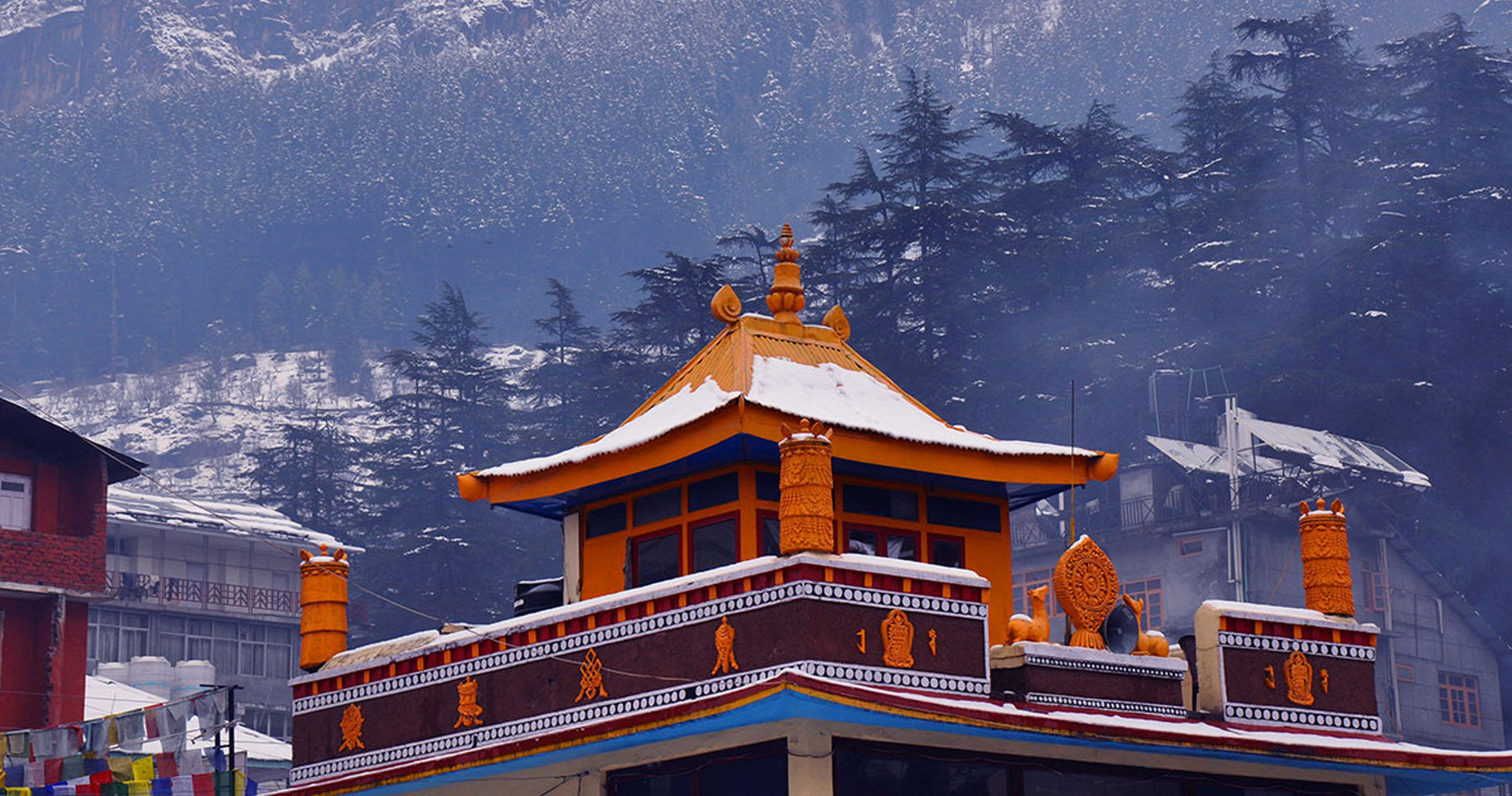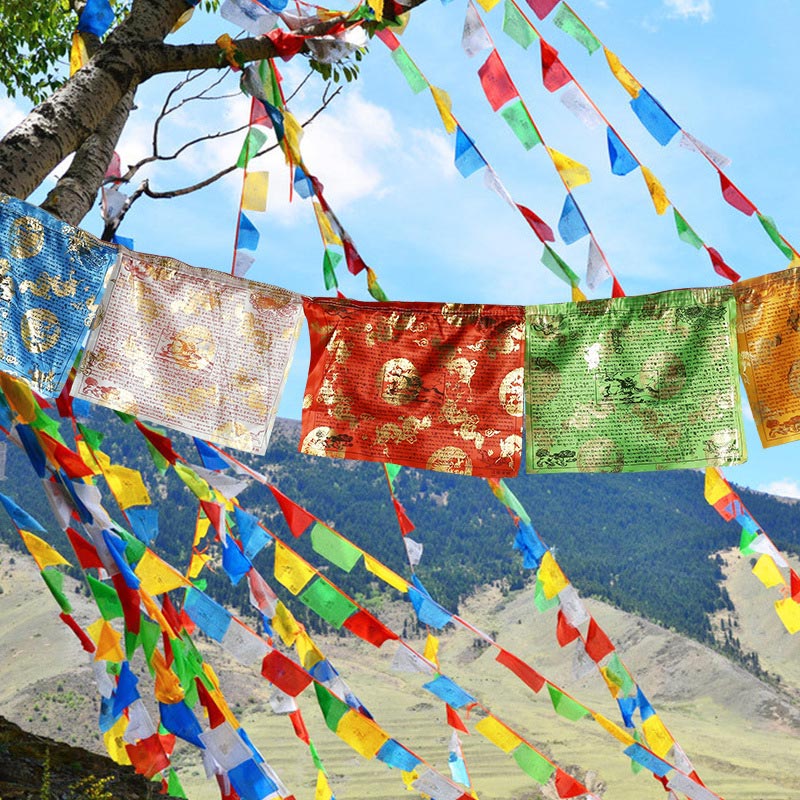
In the realm of traditional Tibetan jewelry, Buddha Stones reign supreme. These exquisite pieces, crafted from the finest materials and adorned with the most beautiful gemstones, are the embodiment of timeless elegance and spiritual power. Each piece is imbued with the sacred energy of the Buddha, making them a powerful talisman for those seeking enlightenment and inner peace.
567 Produkte
567 Produkte












































